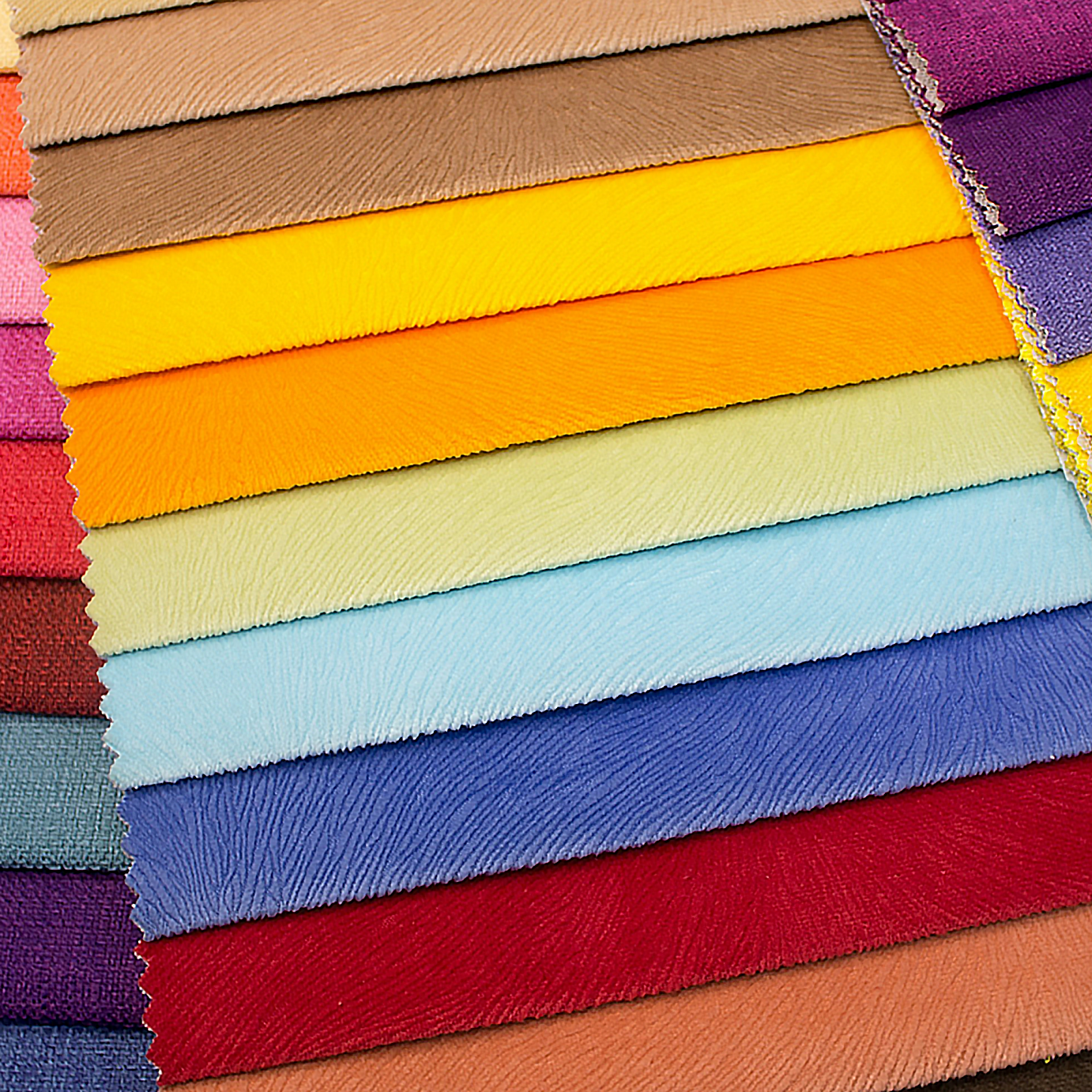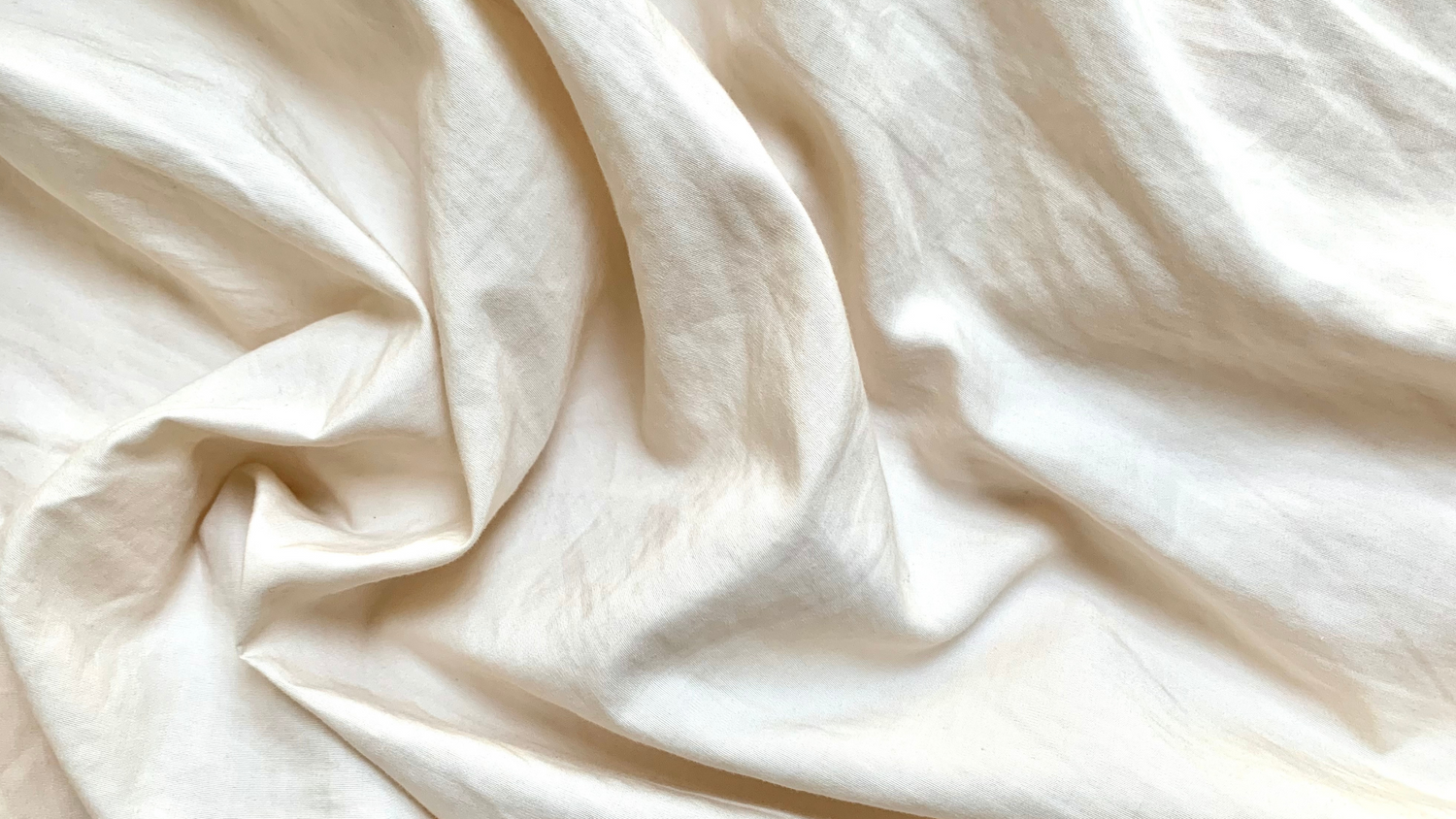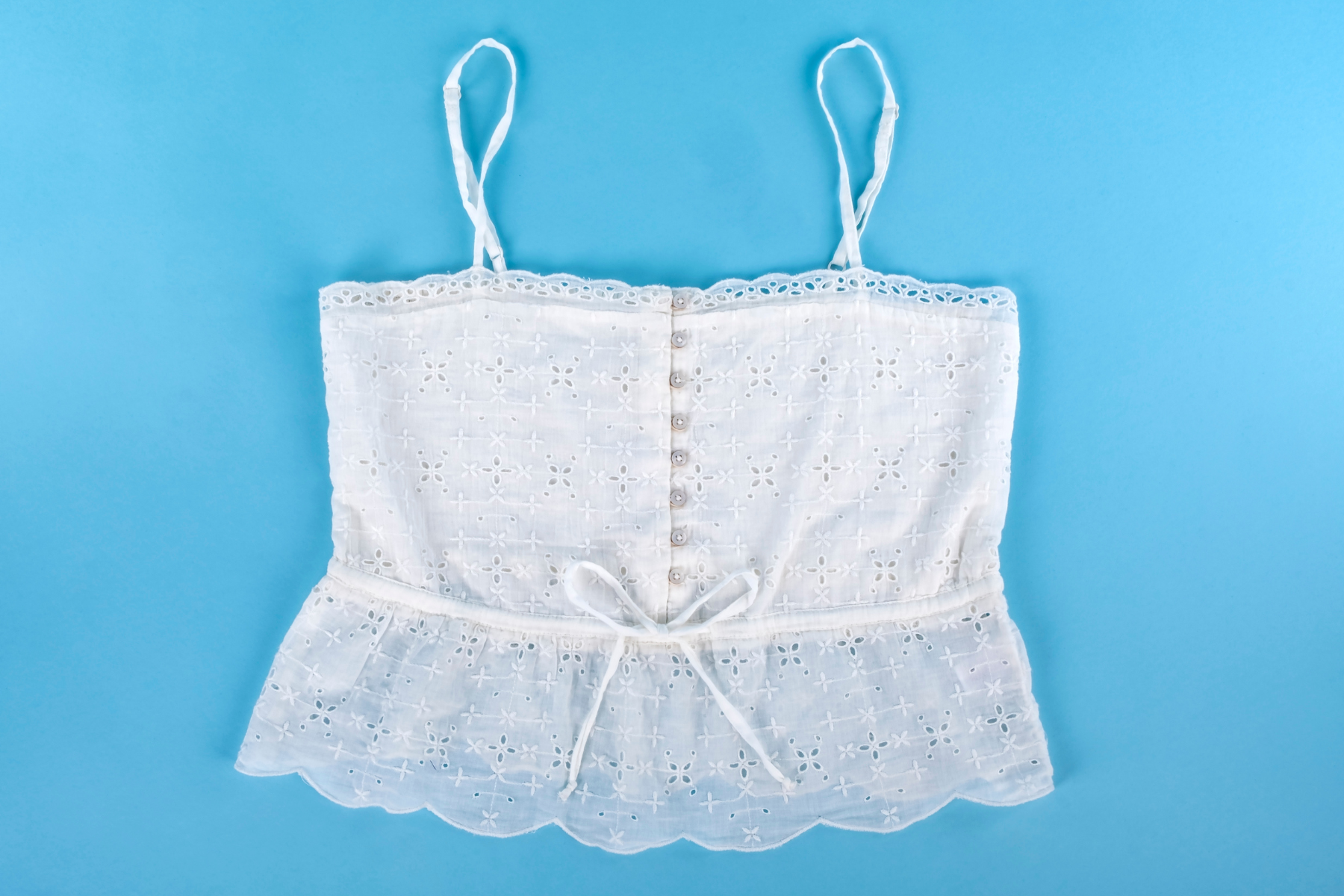
It may be one of the hottest summers on record, but that doesn’t have to put a damper on your style. Cotton is one of the most comfortable and breathable fabric options for any summer garment, and we’ve got tons of selections to help you beat the heat. What makes cotton such a stunning summer choice? Learn more in our Zelouf guide to cotton.
The Benefits of Cotton
Popular for a reason, cotton fabric offers several benefits across style and function that contribute to its widespread use. Here are some of the key advantages of cotton fabric:
- Breathability: Cotton is highly breathable, allowing air to circulate through the fabric. This property helps to keep the body cool and comfortable, particularly in hot and humid weather conditions.
- Softness and Comfort: Cotton is known for its soft and comfortable feel against the skin. It provides a pleasant tactile experience, making it a preferred choice for garments and bedding.
- Moisture absorption: Due to its moisture-absorbing capabilities, cotton can wick away perspiration from the body. It helps to keep the skin dry and prevent the build-up of sweat, which can lead to discomfort and unpleasant odors.
- Lightweight: Cotton is a lightweight fabric that feels soft and comfortable against the skin. It doesn't cling to the body and allows for natural movement, providing a relaxed and airy feel during hot summer days.
- Hypoallergenic: Cotton is a natural fiber that is generally hypoallergenic and unlikely to cause skin irritations or allergic reactions, making it suitable for individuals with sensitive skin or allergies.
- Durability: Cotton can withstand regular wear and washing due to its durability. It is known for its strength and resistance to tearing or stretching, making it a long-lasting choice.
- Easy Care: Cotton fabric is relatively easy to care for. It can be machine washed and dried without much hassle.
- Versatility: Cotton can be woven into various fabric types, allowing for a wide range of applications like garments, home textiles (such as bedsheets, towels, and curtains), and many other everyday products.
- Natural and Sustainable: Cotton is a natural fiber that comes from renewable resources. It’s biodegradable and it can be recycled. In recent years, there has been a growing focus on sustainable cotton production methods, such as organic and fair-trade practices.
- Comfortable Fit: Cotton fabric has a natural drape and flexibility that allows for comfortable movement. It is not restrictive and provides a comfortable fit that accommodates various body shapes and sizes.
- Safety: Cotton is a natural and non-toxic fabric, making it a safe choice for children and adults alike. It doesn't contain harmful chemicals or irritants, minimizing potential health risks.
The Types of Cotton Fabric
There are many varieties of cotton available, each with their own unique characteristics. Here are some common types:

Zelouf Cotton Plain Weave Fabric in Petal
- 100% Cotton: This refers to fabrics made entirely of cotton fibers, without any other added fibers. It can come in different weaves, such as plain weave, twill weave, or satin weave, resulting in variations in texture and appearance. Our Zelouf Plain Weave Cotton comes in several colors and is made in the USA.
- Cotton Poplin: Poplin is a tightly woven cotton fabric with a plain weave. It has a smooth and crisp texture and is often used for dress shirts, blouses, and lightweight garments.
- Cotton Twill: Twill is a type of weave characterized by diagonal lines or ridges. Cotton twill fabrics, such as denim, have a sturdy and durable structure. They are often used for jeans, jackets, and workwear.
- Cotton Jersey: Jersey is a knitted cotton fabric known for its stretch and softness. It has a smooth and flexible texture, making it comfortable to wear. Jersey fabrics are typically used for t-shirts, dresses, and casual wear.
- Cotton Voile: Voile is a lightweight and sheer cotton fabric. It has a delicate and semi-transparent appearance, making it suitable for flowing dresses, scarves, and curtains.
Apart from 100% cotton fabrics, cotton is also frequently blended with other fibers to enhance specific properties. Some common cotton fabric blends include:
- Cotton-Polyester Blend: A blend of cotton and polyester combines the softness and breathability of cotton with the durability and wrinkle resistance of polyester.
- Cotton-Linen Blend: A blend of cotton and linen combines the comfort of cotton with the lightweight and breathable properties of linen. This blend is often used for summer clothing, such as shirts, dresses, and trousers.
- Cotton-Spandex Blend: The addition of spandex (also known as elastane or Lycra) to cotton creates a stretchy and form-fitting fabric.
These are just a few examples, and there are many other cotton fabric blends available, each offering unique characteristics depending on the desired properties and applications. Shop from dozens of our cotton fabrics here.
The Cons of Cotton Fabric
While cotton fabric has many benefits, there are also some drawbacks or cons to consider. Cotton fabric has a tendency to wrinkle easily, shrink or fade in the wash, and take longer to dry compared to synthetic fabrics. It also doesn’t stretch much, and depending on the thread count, can feel stiffer and less fluid than more lightweight fabrics.
It's important to note that the cons of cotton fabric can be mitigated or minimized by choosing appropriate fabric blends, proper care techniques, and considering specific needs and preferences.
Tips for Working With Cotton
Working with cotton fabric can be enjoyable and rewarding, and is relatively straightforward. Here are some tips to make the process easier and more successful:
- Pre-wash the fabric. Before starting any sewing or crafting project with cotton fabric, we recommend pre-washing and drying it first. This helps to remove any sizing, shrinkage, or potential color bleeding. It also allows the fabric to reach its natural state and prevents unexpected changes in size or appearance after the project is completed.
- Use sharp scissors or rotary cutter. Cotton fabric can be thick and sturdy, so it's important to use sharp scissors or a rotary cutter to achieve clean and precise cuts. Dull blades can lead to frayed edges or uneven cuts.
- Consider the grainline. Cotton fabric, like other woven fabrics, has a grainline that runs parallel to the selvage edges. It's important to align your pattern pieces or cut fabric with the grainline to ensure proper fit and drape of the finished garment.
- Use the right sewing machine needle. For sewing cotton fabric, it's generally recommended to use a universal or sharp needle with an appropriate size. The needle size should be chosen based on the weight and thickness of the fabric. A smaller needle size (e.g., 70/10 or 80/12) is suitable for lightweight cotton, while a larger needle size (e.g., 90/14) may be needed for heavier cotton fabrics.
- Choose the appropriate thread. Use a good-quality thread suitable for cotton fabric. All-purpose polyester thread or cotton thread works well with cotton fabric. Consider using a thread color that blends with the fabric or matches your project's design.
- Press as you go. Pressing is crucial when working with cotton fabric. Use an iron set to the appropriate heat setting for cotton (usually a medium-high temperature) and press seams and finished pieces as you progress through your project. Pressing helps to set the stitches, flatten seams, and give a professional and polished look to the final result.
- Finish raw edges. Cotton fabric tends to fray, so it's essential to finish raw edges to prevent excessive fraying. You can use techniques such as zigzag stitching, serging, or using bias binding to finish raw edges.
By following these tips, you can work with cotton fabric effectively and achieve beautiful results in your sewing or crafting projects.




